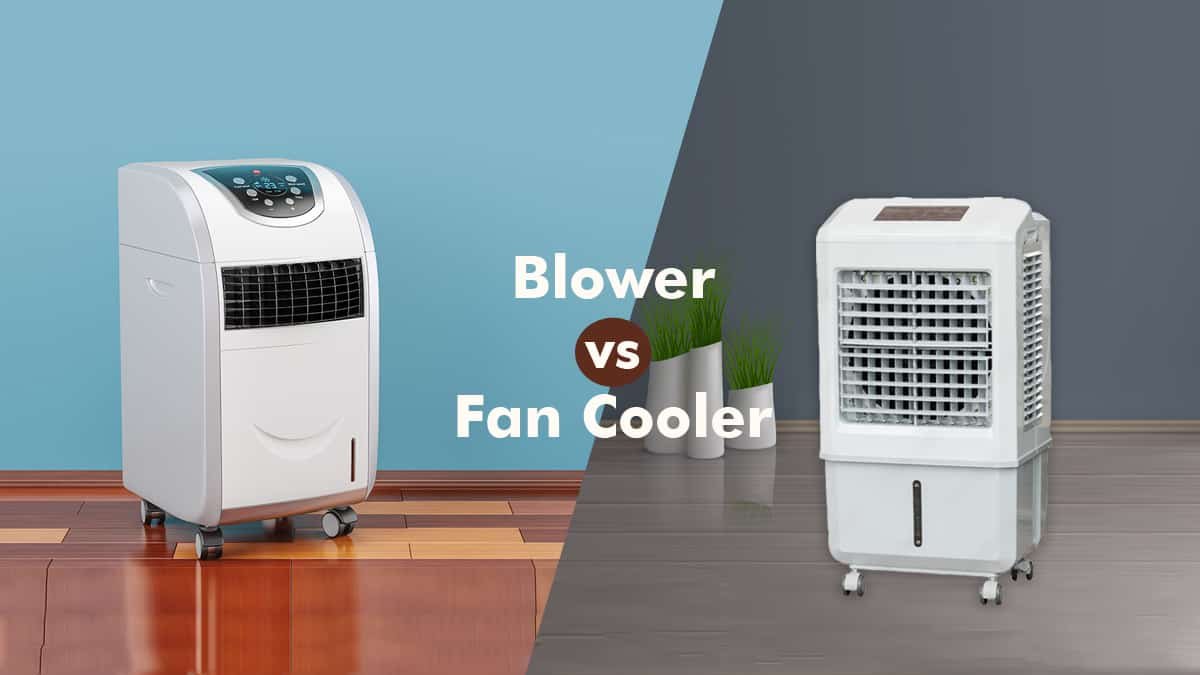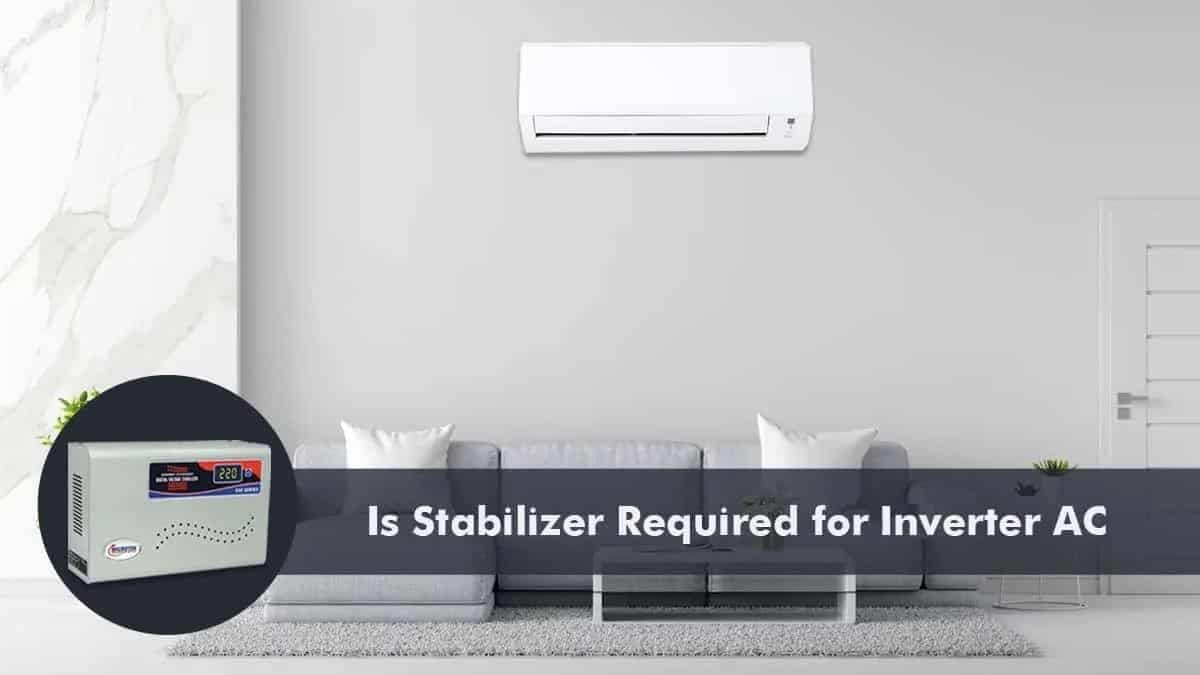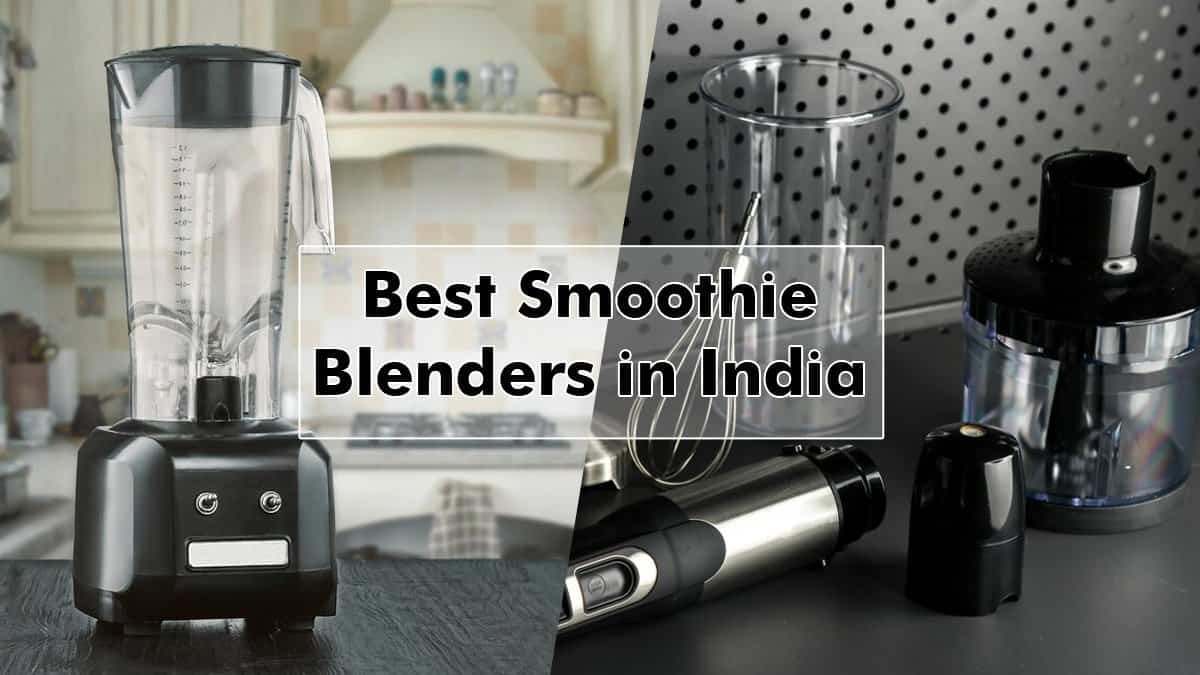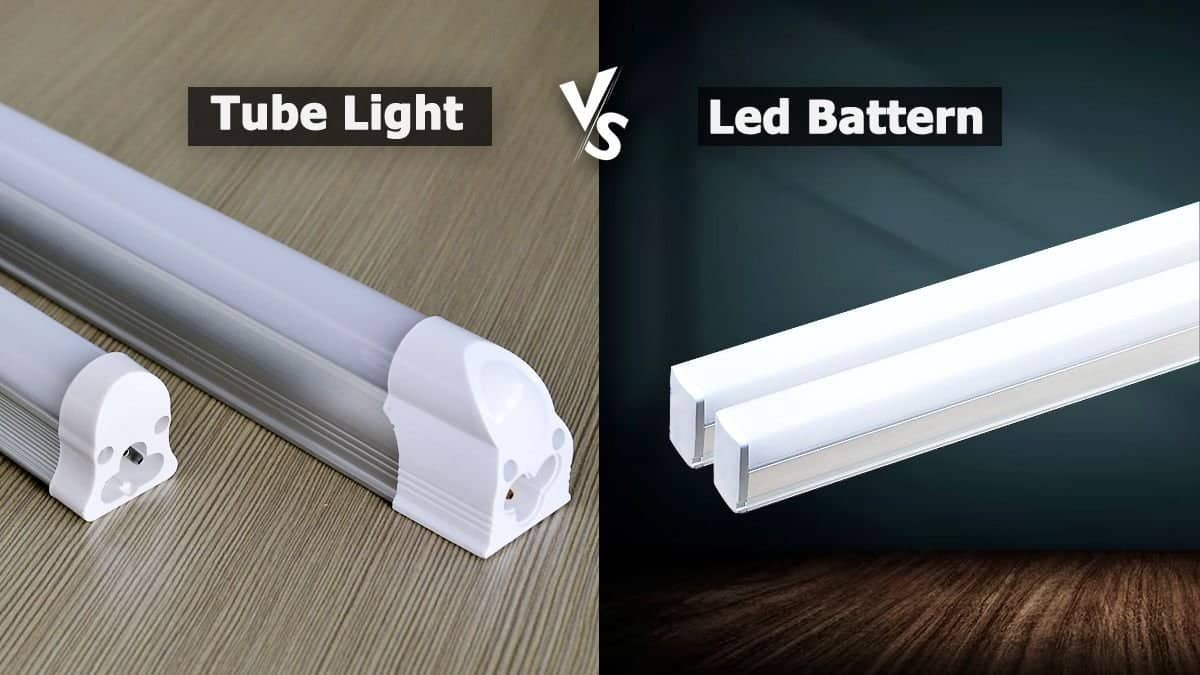With summer at its peak, many people are weighing the pros and cons of investing in air conditioning or air coolers to stay comfortable. While air conditioners may seem like the obvious choice, there are several advantages to using an air cooler instead. For one thing, air coolers tend to be less expensive and easier to install than A/C units, and they’re also kinder to the environment. That being said, when it comes time to choose between various types of air coolers–such as those with blowers versus fan coolers–making that decision can seem overwhelming. To ensure that you’re making an informed choice that will serve your needs best, it’s important to have a solid understanding of what makes these different types unique. This guide will delve into the air cooler showdown of blower vs fan cooler and determine which one reigns supreme.
Table of Contents
Which Is The Best, Blower vs Fan Cooler
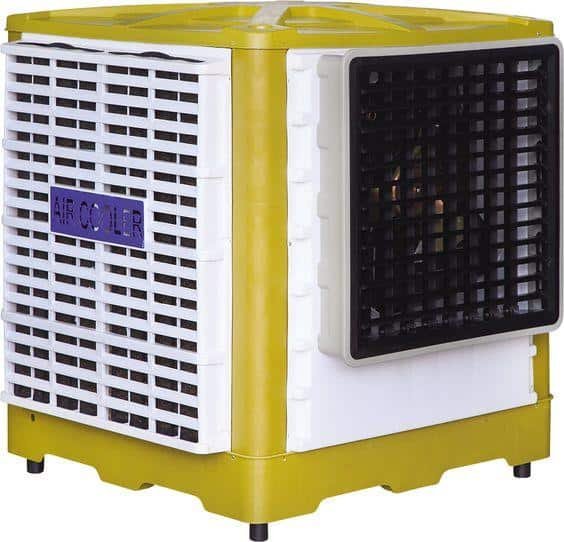
Various factors come into play when choosing between a blower and a fan cooler. In this section, we will compare these two air coolers’ functionality, air flow, design, efficiency, and cooling pads to determine which emerges as the top performer.
1. Functionality
Blower and fan coolers operate differently, showcasing distinct technical aspects. Fans circulate air throughout a large space, utilising electricity to move air efficiently. On the other hand, blowers are designed to pinpoint air in a specific direction or area. Blower coolers excel at delivering powerful throws, often reaching distances of 65 to 70 feet. They prove effective for cooling small to moderate-sized rooms. On the other hand, fan coolers are ideal for larger spaces as they circulate air evenly throughout the room.
2. Air Flow
Airflow in an air cooler is measured in CFM (cubic feet per minute), representing the air cycled in the room per minute. Fans create a larger airflow volume with lower pressure, making them suitable for bigger air coolers. Blowers, on the other hand, generate high-pressure airflow with greater speed and air throw. Fan coolers are preferred when cooling an entire room, while blowers are better suited for cooling specific areas.
3. Design
In terms of design, fan models often lack the sleekness and compactness of blowers. Blowers come with ergonomic designs that are easily stored in small spaces. Some blower models even include additional features and can be controlled remotely, providing greater convenience than older fan models.
4. Efficiency
One of the reasons air coolers are favoured over air conditioners is their lower power consumption. Modern air coolers with blower systems offer more power efficiency due to their ergonomic designs, making them more environmentally friendly. These models often have advanced specifications and features that regulate energy consumption while delivering cooler air.
5. Cooling Pads
While functionality and design play crucial roles, the cooling pads inside the air cooler significantly contribute to its efficiency and performance. Typically available in honeycomb or aspen (wood wool) patterns, these pads differ in water absorption capacity, affecting evaporation. Blower coolers commonly feature honeycomb pads, which facilitate faster evaporation and result in greater efficiency than aspen patterns.
Our Recommendations
a) Blower Air Coolers
HAVAI Desert Tower Cooler with Blower, 22 L, White
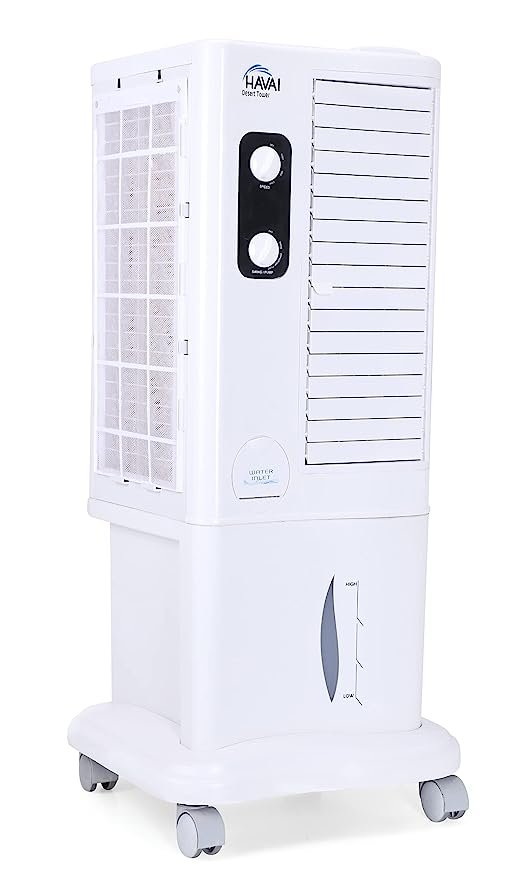
MRP: ₹7,960
HAVAI Garnet Window Cooler with Powerful Blower, 50L, Woodwool

MRP: ₹7,790
Bajaj Frio Personal Air Cooler with Honeycomb Pads, Typhoon Blower Technology, 23L, White

MRP: ₹4,299
Havells Tuono Personal Air Cooler, 22L, White & Blue

MRP: ₹6,890
FOXSKY Ocean Air Cooler, 65L, White

MRP: ₹9,350
b) Fan Air Coolers
Bajaj PMH 25 DLX Personal Air Cooler with DuraMarine Pump, 24L, White

MRP: ₹4,099
Bajaj PX 97 TORQUE (HC) Personal Air Cooler, 36L, White

Symphony Storm 70 XL Desert Air Cooler, 70L, White

MRP: ₹11,990
Voltas Air Cooler Windsor 85L, White

MRP: ₹12,690
Bajaj Snowvent 150 Watts Tower Fan Air Cooler, Blue-Turquoise

MRP: ₹3,749
Other Types of Air Coolers
1. Personal Coolers

Personal coolers are compact and small, making them ideal for placing them beside your bed, sofa, or chairs. They are lightweight and portable, often equipped with castor wheels for easy mobility. Personal coolers offer better air delivery indoors and are energy-efficient, providing numerous benefits. Additionally, they tend to be quieter than traditional air coolers. A personal cooler can be a suitable choice if you have a small room or require cooling in a specific area.
2. Tower Coolers
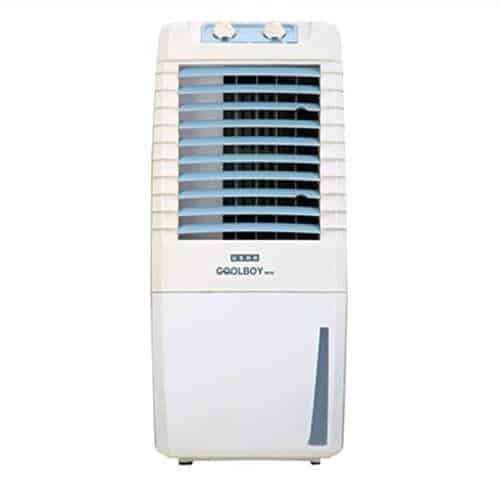
Tower coolers are known for their stylish and sleek design. These coolers resemble air coolers and are relatively newer models. They are designed to fit into narrow spaces, making them suitable for small rooms. Tower coolers often have a high water tank capacity, allowing for extended usage. Their modern design complements contemporary homes and offers an affordable cooling solution with better cooling properties than other coolers.
3. Window Coolers
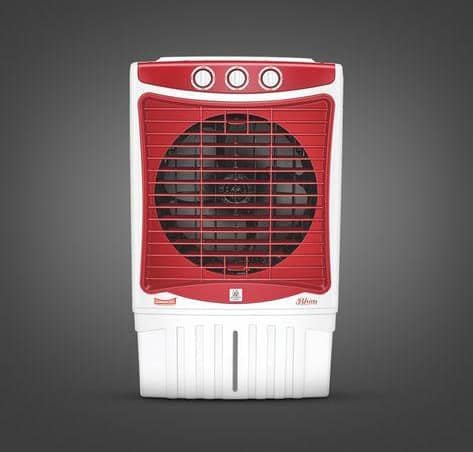
Window coolers offer an alternative cooling solution with cost-effectiveness and efficiency. As the name suggests, window coolers are installed in windows, similar to old window air conditioners. However, they can also be installed on portable trolleys, providing flexibility in placement. Window coolers are affordable and feature sleek, sophisticated designs that blend well with home decor. They are compact and cover minimal space, making them suitable for small rooms.
Each air cooler type offers distinct advantages and caters to different needs. Personal coolers excel in portability and focused cooling; tower coolers offer style and high water tank capacity, while window coolers provide affordability and compact design. Understanding these differences allows you to select the air cooler type that aligns best with your preferences and cooling requirements.
Also Read
- BLDC Fan – What you Need to Know and Where to Buy Them?
- The Different Types of Air Cooler Cooling Pads and Their Pros and Cons
- The Importance of Distilled Water for Inverter Battery: A Guide to Optimal Performance
Conclusion
In the showdown between blowers and fan coolers, we’ve explored their functionality, air flow, design, efficiency, and cooling pads. Both types have unique advantages and cater to different cooling needs. Blowers excel in targeted cooling for smaller areas, while fan coolers provide overall room circulation. A blower suits small spaces, while a fan cooler suits larger rooms. To choose the best air cooler, consider your requirements and preferences. Research and compare options based on functionality, air flow, design, efficiency, and cooling pad effectiveness. An air cooler offers cost-effective and eco-friendly cooling, making it a worthwhile investment. We hope this article has helped you make an informed decision. If you have any questions, feel free to comment below.
FAQs
What is the main difference between a blower cooler and a fan cooler?
A blower cooler uses a centrifugal fan design to pull air into it and expel it through a small opening, creating high pressure and directing airflow over the cooling fins. On the other hand, a fan cooler utilises axial fans to blow air directly onto the heatsink, promoting better heat dissipation. The key distinction lies in the airflow pattern and the method of cooling.
Which type of air cooler is more suitable for large spaces?
Fan coolers are generally more effective at cooling larger areas because they provide better airflow and can cover a larger surface area of the heatsink, resulting in enhanced heat dissipation.
Are blower coolers or fan coolers better suited for compact or small spaces?
Blower coolers are typically more suitable for compact spaces or tight installations, such as small rooms or PC cases with limited airflow. Their design allows them to expel hot air directly out of the system, preventing heat buildup in confined areas.
Which air cooler option offers a quieter operation?
In terms of noise levels, fan coolers are often the quieter option. The design of axial fans used in fan coolers allows for smoother airflow and lower turbulence, resulting in reduced noise production. On the other hand, blower coolers tend to generate more noise due to the high-pressure airflow passing through a small opening. A fan cooler will be a better fit if noise reduction is a priority.
